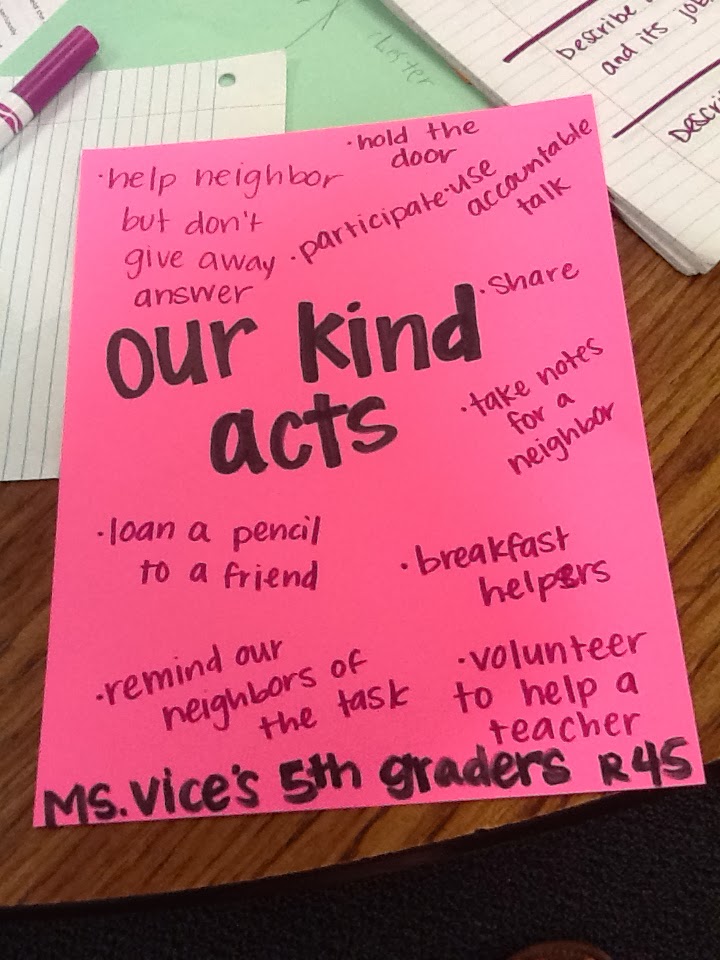I really like researching about new strategies and trying them with my small groups. This week we used the stop and jot strategy with post-its:
I had my Number the Stars group focus in on the Nazi soldiers' midnight visit. They recorded their thinking while reading and then used their recordings to guide their own discussions.
Homework:
I wish I had time to meet with them daily but I simply have too many groups to make that possible. So we meet every 3 days and they have independent reading and homework in between:
I give them four or five questions to respond to and use evidence from the text to support their answers. I love when they do such a great job with details!
They also are taking more ownership and creating charts about their novels:
Which we store in a magnetic bin at the front of the room.
I used a regular plastic bin and hot glued on magnets to make it work for my classroom.
I like how my students are so open to new ideas and strategies as well! It's wonderful to keep learning together :)
















































